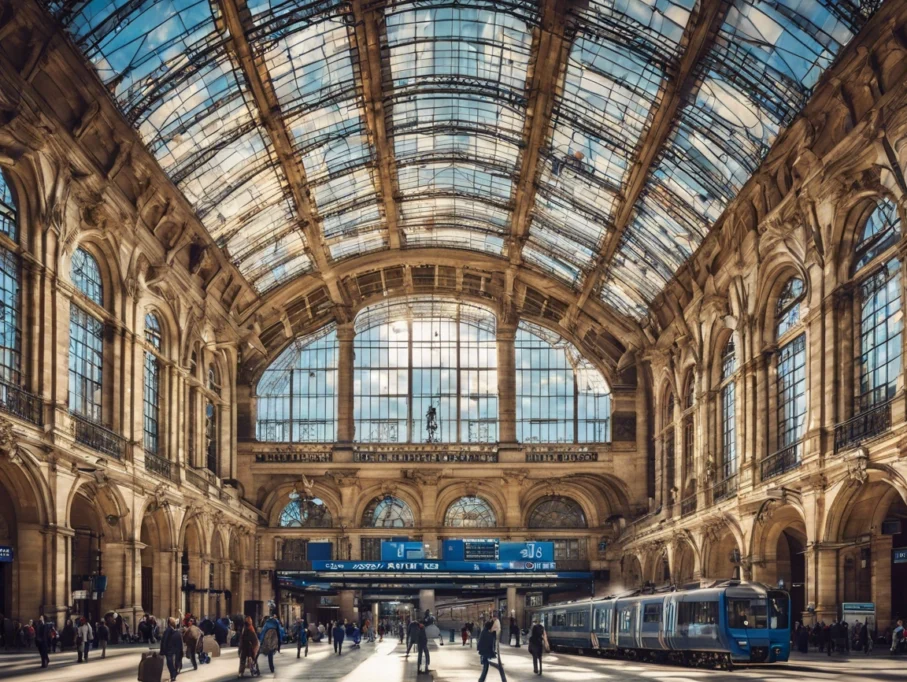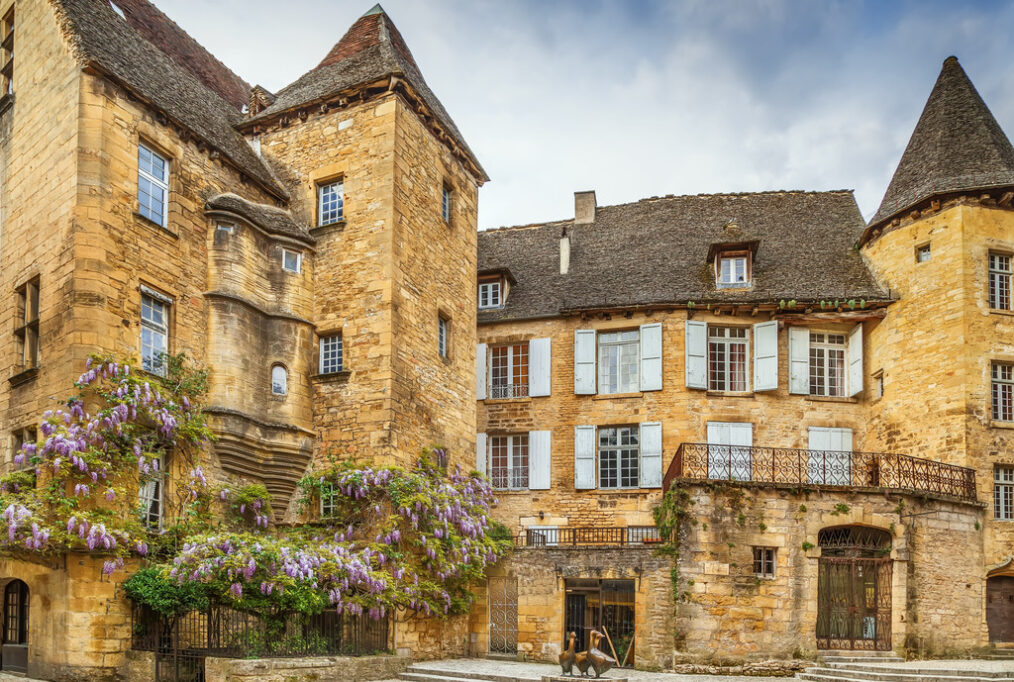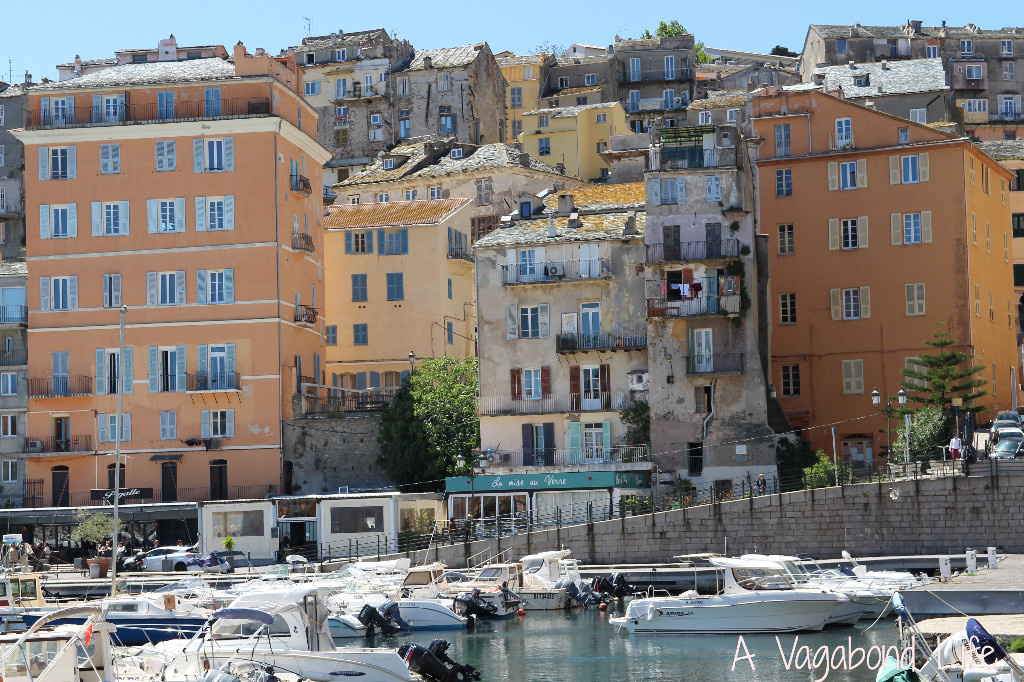Normandy France Travel Guide - A Vagabond Life
Embark on a journey to Normandy, a region of France that blends the solemnity of its historical significance with the tranquil beauty of its natural landscapes. Famous for its rugged coastline, including the iconic D-Day landing beaches, Normandy is a living museum, offering poignant reminders of World War II. Beyond its historical allure, it captivates with its picturesque countryside, where the Seine River meanders through lush meadows and apple orchards, leading to the dramatic white cliffs of Étretat.
Normandy’s rich tapestry includes the awe-inspiring Mont Saint-Michel, a medieval marvel that seems to rise miraculously from the sea. Its culinary tradition is equally rich, offering an abundance of local cheeses, cider, and seafood that promise a feast for the senses. The region’s towns and villages, from the ancient streets of Rouen to the charming harbor of Honfleur, exude a timeless charm. In Normandy, every traveler finds a unique blend of history, natural beauty, and gastronomic excellence, making it an unforgettable French destination.
Normandy France Map
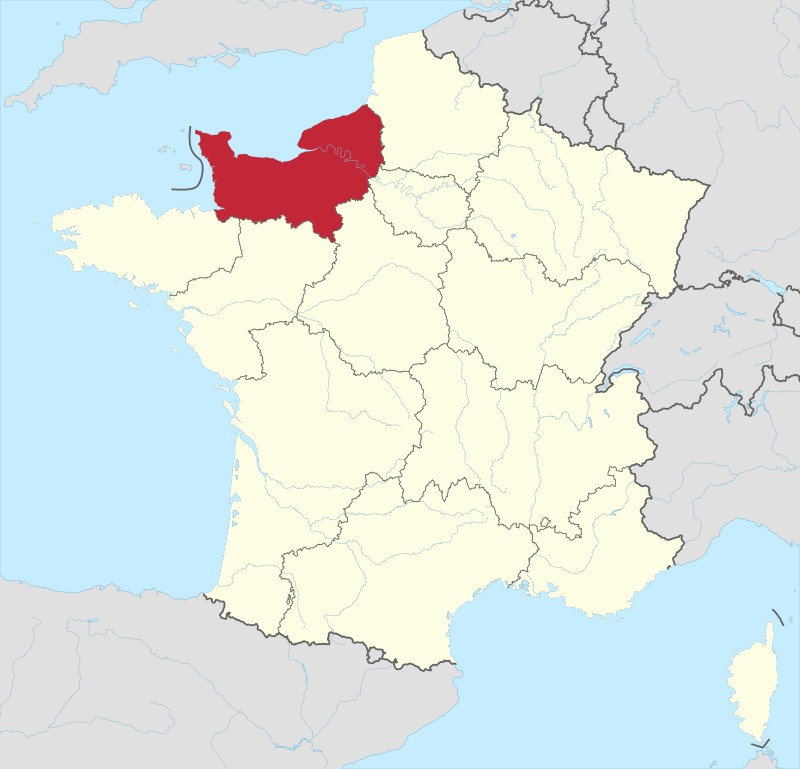
Top 5 Things To See & Do In Normandy France
MONT ST MICHEL
ROUEN
CAEN
BAYEAUX TAPESTRY
DEAUVILLE
Normandy France Snapshot
Geography and Beauty
Normandy, located in the northwestern part of France, is renowned for its diverse and picturesque landscapes. It is bordered by the English Channel to the north and is characterized by its rolling green hills, charming coastal cliffs, and serene countryside. The region is divided into five departments: Calvados, Eure, Manche, Orne, and Seine-Maritime. Normandy’s coastline features dramatic cliffs such as those at Étretat, offering breathtaking sea views and natural rock formations.
The region also boasts idyllic rural landscapes, including the lush pastures of the Pays d’Auge and the tranquil waters of the Seine River. The Seine flows through the region, providing scenic riverbanks and picturesque villages. Normandy’s landscape is dotted with historic châteaux, abbeys, and quaint towns, making it a haven for nature lovers and history enthusiasts alike. The mix of dramatic coastal views and tranquil countryside creates a picturesque setting that captures the essence of French beauty.
History and Cultural Heritage
Normandy is steeped in rich history and cultural heritage. It is perhaps best known for the D-Day landings of World War II, which took place on its beaches in June 1944. The region is home to several poignant memorials and cemeteries, such as the American Cemetery at Omaha Beach, which commemorate this significant event.
In addition to its modern history, Normandy has medieval roots. It was once the seat of the powerful Duchy of Normandy, which played a pivotal role in European history. The region’s medieval heritage is evident in landmarks such as the stunning Mont Saint-Michel, a UNESCO World Heritage site, and the historic city of Rouen, with its beautifully preserved Gothic architecture. Normandy is also the birthplace of William the Conqueror, whose legacy is celebrated in the Bayeux Tapestry, an exquisite embroidery that depicts the events leading up to the Norman Conquest of England.
Food and Wine
Normandy is renowned for its culinary delights, particularly its rich dairy products and fresh seafood. The region’s cuisine is characterized by its use of local ingredients and traditional recipes. Normandy is famous for its cheeses, including Camembert, Livarot, and Pont-l’Évêque, which are crafted from the region’s lush pastures and rich soils.
The region also excels in seafood, with dishes featuring fresh oysters, mussels, and sole. Calvados, a distinctive apple brandy, is another hallmark of Normandy’s gastronomic heritage, often enjoyed as an aperitif or used in cooking. The region’s cider, made from locally grown apples, pairs perfectly with many dishes and is a staple of local cuisine.
Normandy’s cuisine reflects its agricultural bounty and maritime resources, offering a taste of traditional French flavors and regional specialties that are both hearty and refined.
Best Time to Visit
The best time to visit Normandy is during the spring (April to June) and autumn (September to October) months. During these periods, the weather is mild and pleasant, making it ideal for exploring the region’s outdoor attractions and historic sites. Spring offers blooming gardens and a vibrant landscape, while autumn provides a beautiful array of fall colors and harvest festivals.
Summer (July to August) is also a popular time to visit, as the weather is warm and conducive to outdoor activities, though it can be more crowded with tourists. Winter (November to March) sees cooler temperatures and fewer crowds, which can be a peaceful time to explore the region’s indoor attractions, such as museums and historical sites, but be prepared for colder weather and potential rain.
Things To See & Do In Normandy France
Normandy France Travel Guide
Mont St Michel
Mont St Michel sits on the border of Brittany and Normandy is listed as a UNESCO World Heritage Site. It is the most visited tourist site in France after Paris. Built in 709 it stands on an outcrop of granite rising from the middle of a bay. The buildings that currently stand date from the 13th to the 16th centuries, and include the gothic Benedictine Abbey, the houses that went with it, and the defensive fortifications.
WWII Battlefields
On June 6 1944 the Allied forces landed on the beaches of Normandy in the largest amphibious operation ever to take place, by July 4th 1 million men had landed on the beaches. It is estimated that more than 425,000 Allied and German troops were killed, wounded, or went missing during the battle. There are a number of war cemeteries in the area.
Bayeux Tapestry
The Bayeux Tapestry is a famous tapestry that tells the story of the events leading up to the Norman conquest of England and culminating in the Battle of Hastings. The tapestry is nearly 70 metres long and consists of fifty scenes with Latin captions. It is believed that it was commissioned by Bishop Odo in the 1070s. The tapestry is now exhibited at Musée de la Tapisserie de Bayeux in Bayeux.
Bayeux was founded in the 1st century BC by the Gallo-Romans, the city was largely destroyed during the Viking raids of the late 9th century but was rebuilt in the early 10th century. While under the rule of Richard the Lionheart Bayeux was a wealthy and prosperous town however from the end of his rule until the end of the 100 years war the town was repeatedly pillaged. In the town you will find the stunning Cathédrale Notre Dame which dates from the 13th century and the very famous Bayeux Tapestry.
Rouen
Rouen sits on the banks of the Seine River and is the capital of Upper Normandy. It was once one of the largest and most prosperous cities of medieval Europe. Originally founded by the Gauls it has a very long and fascinating history. Captured by the English in 1419 and then [/lgc_column]returned to french control in 1449, it saw the execution of Joan of Arc who was burnt for heresy in 1431. Rouen was almost entirely rebuilt following damage in WW2.
Deauville
Deauville is located on the Norman Riviera and was extremely popular with upper class Parisians in the 19th century. Deauvilles beach the Plage de Deauville is very popular and the town is famous for its wooden promenades along the fine sandy beach.
Caen
Caen was home to William the Conqueror. The town has retained its ramparts which can be walked upon and gives an excellent view of the city. From the walls you can see the church of St-Pierre which has had its 14th century façade reconstructed, the churches Renaissance stonework has survived intact at the church’s east end.
Chateau de Caen was built by William the Conquerer in 1060. Part of the museum in the castle is where the Exchequer of Normandy was based. Richard the Lionheart held an enormous banquet at the castle, attended by 1000 knights, en route to the Crusades.
The Caen Memorial is the second most popular museum in France, after the Louvre, and a must-see for any visitor to Normandy. It is a moving museum that gives the visitor an hour-by-hour account of D-Day.
St Hilaire du Harcouet
The countryside surrounding St Hilaire du Harcouet is well known for its excellent river fishing and the scenic Lakes of Vezins and La Roche qui Boit. There is a good selection of walking tracks and towpaths, which are great for walking, cycling and horse riding.
France Travel Guides
Regions of France Travel Guides
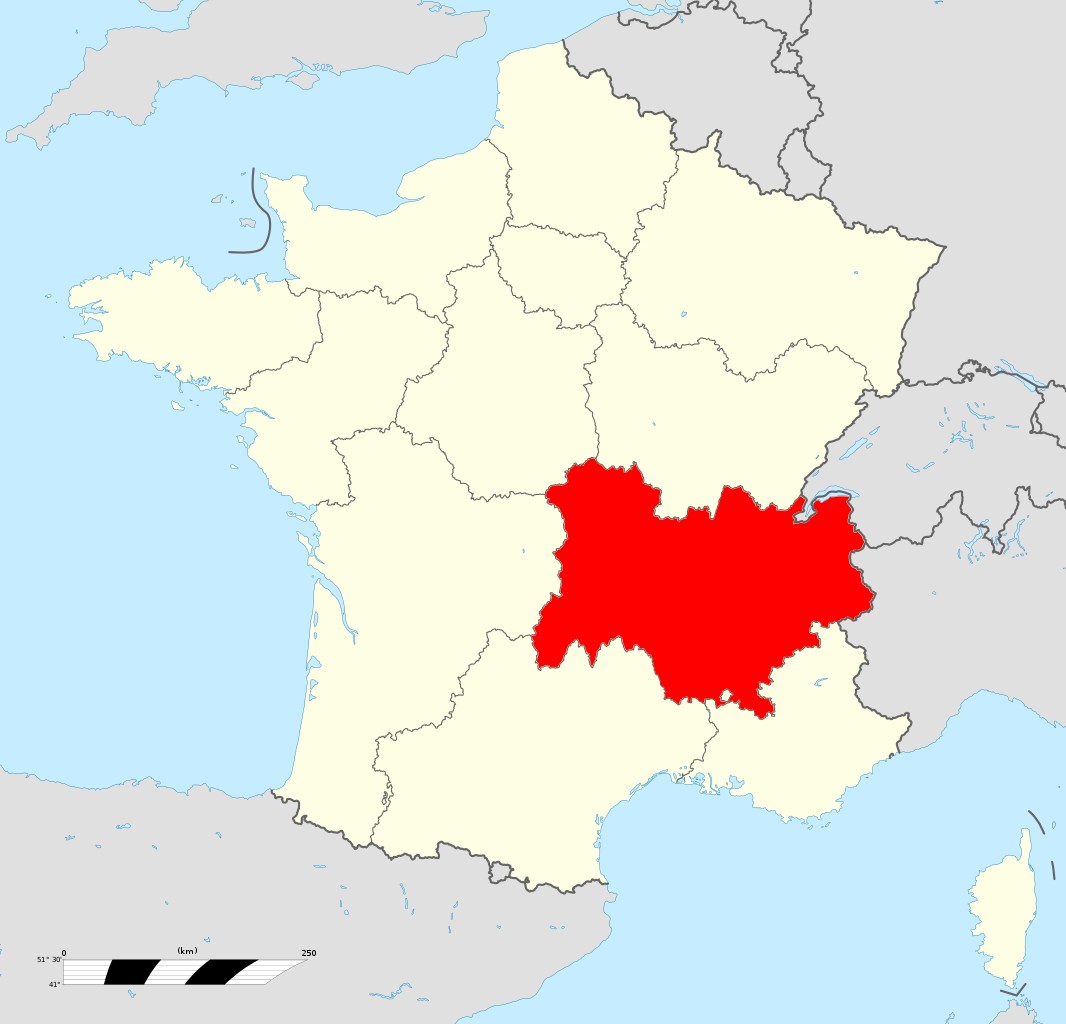
Auvergne-Rhone-Alps
Auvergne-Rhone-Alps Travel Guide.
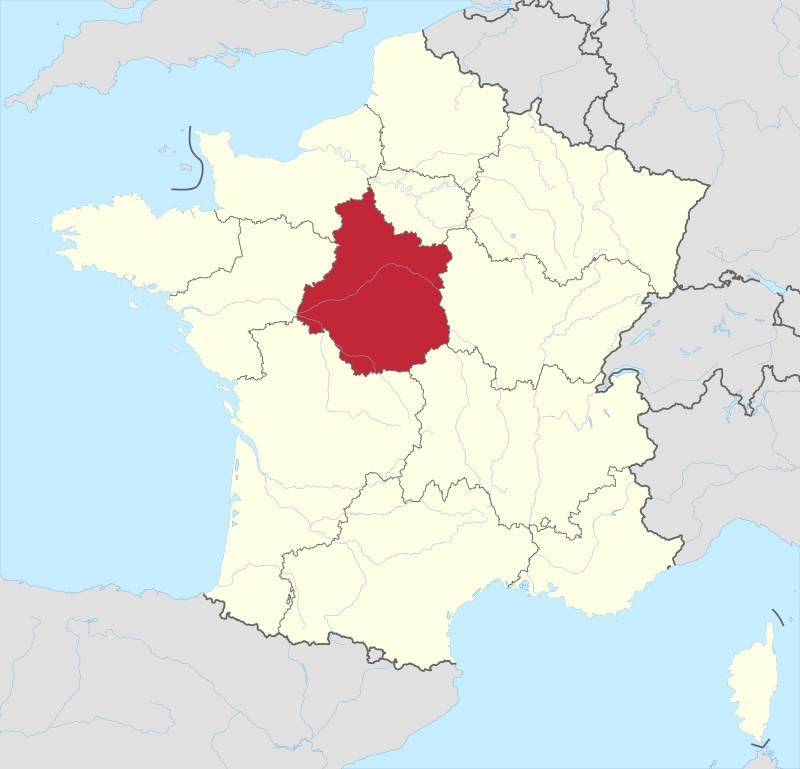
Centre Val De Loire
Centre-Val-de-Loire Travel Guide.
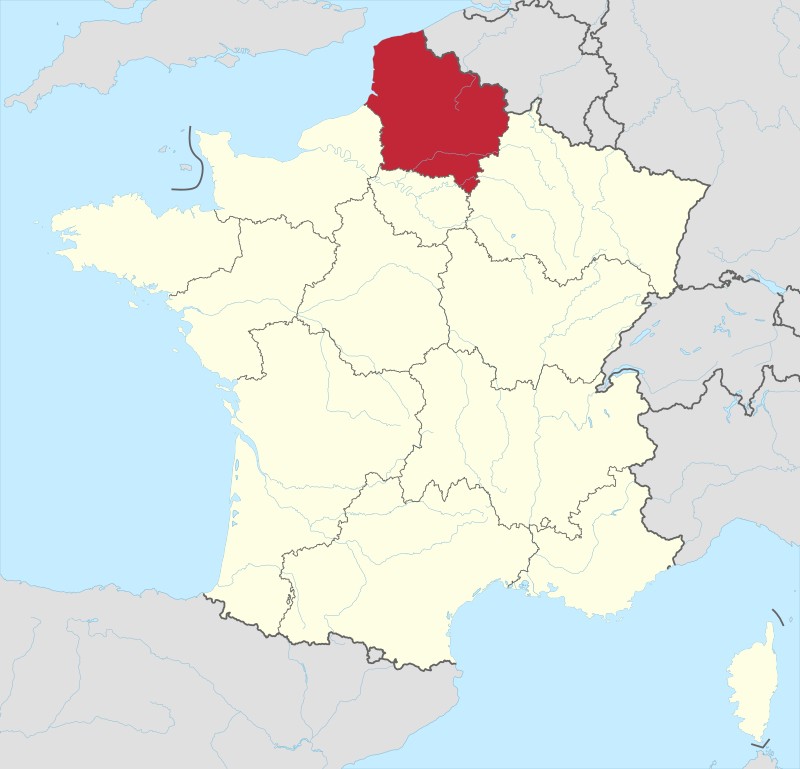
Haute – de – France
Haute-de-France Travel Guide.
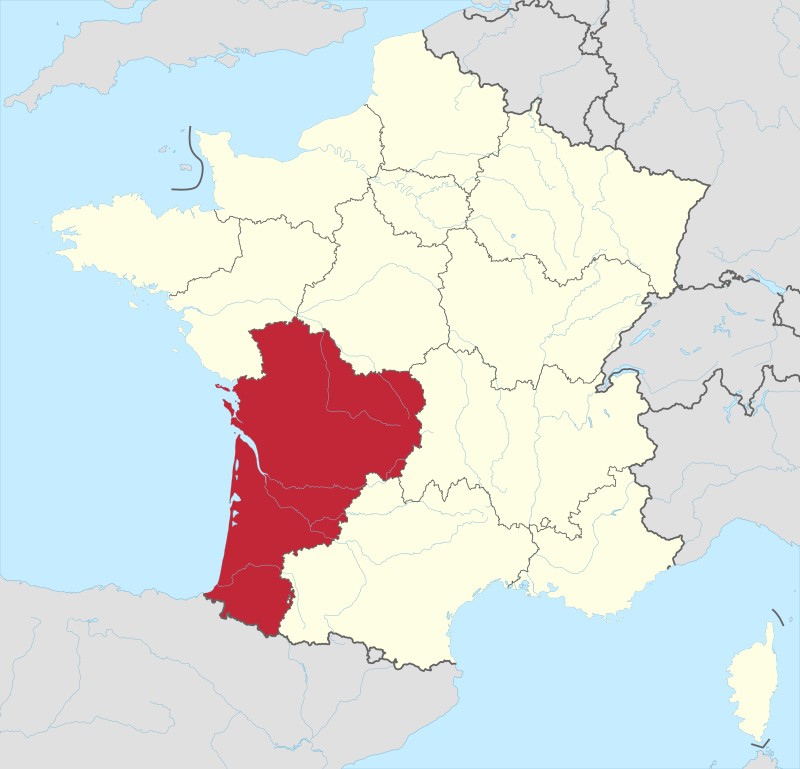
Nouvelle – Aquitaine
Nouvelle – Aquitaine Travel Guide.

Provence-Alps_Cote D'Azur
Provence Travel Guide.
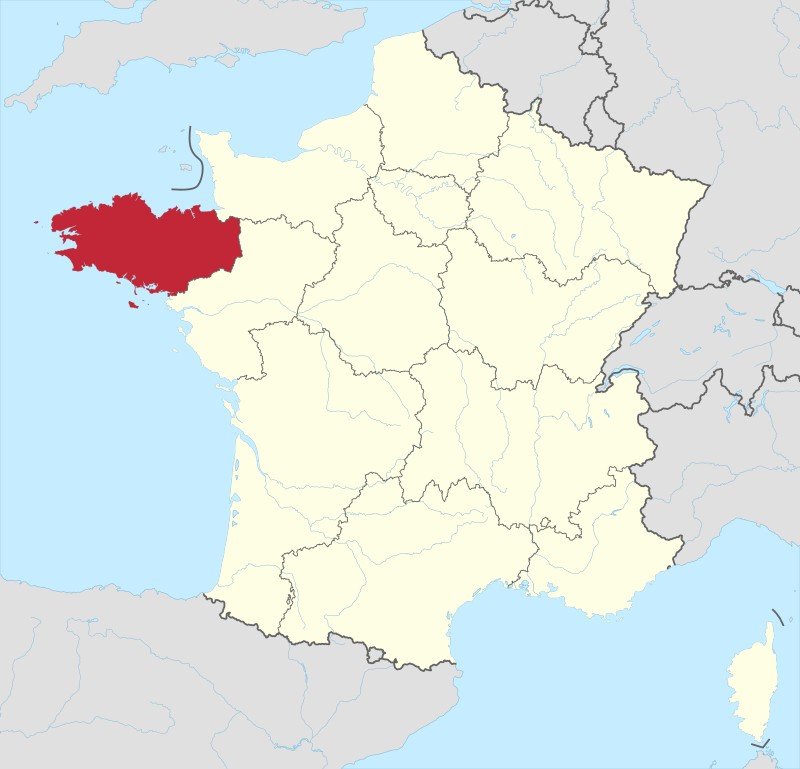
Brittany
Brittany (Bretagne) Travel Guide.
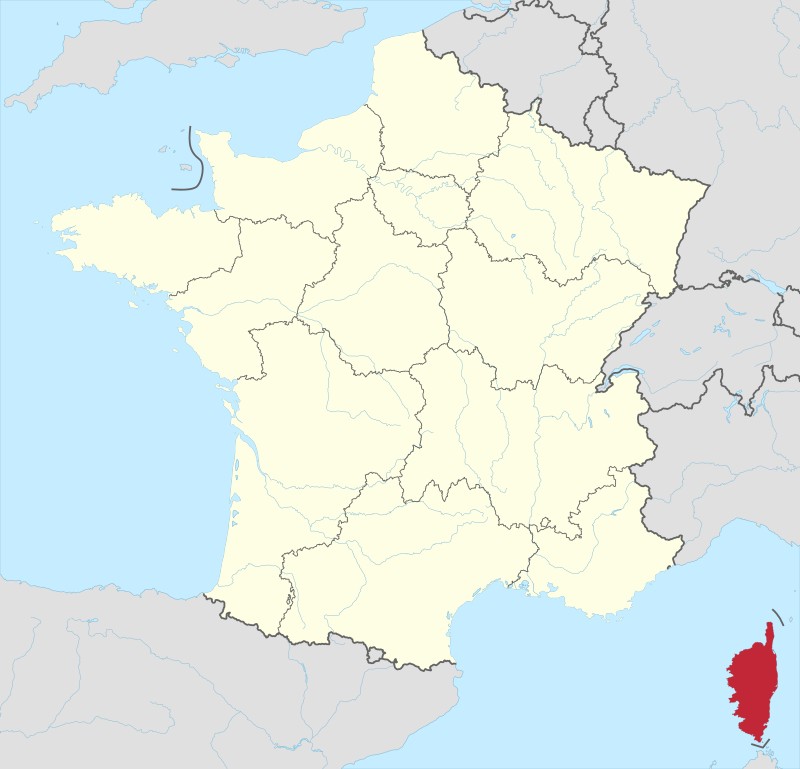
Corsica
Corsica Travel Guide.
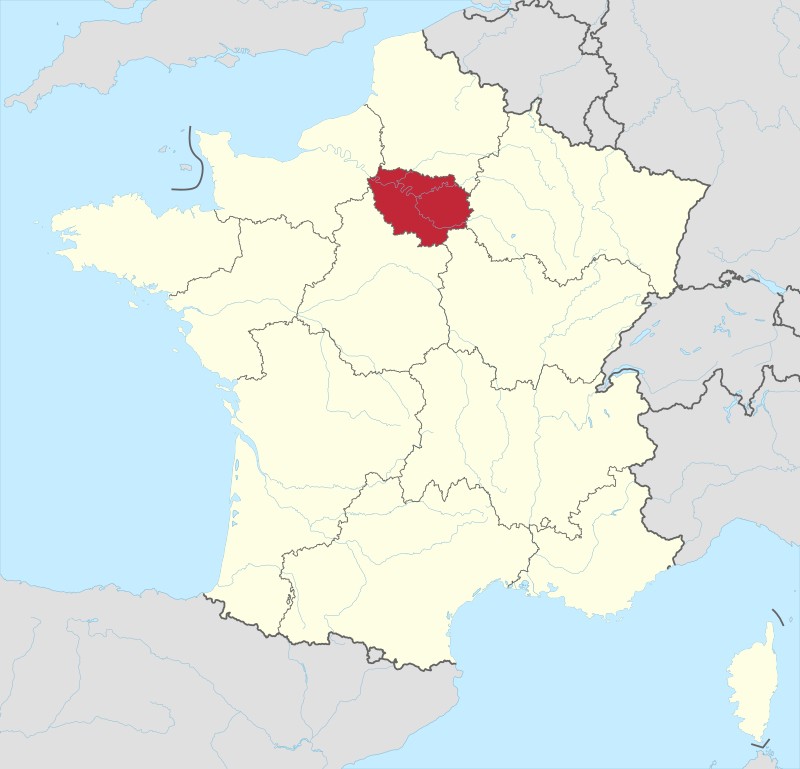
Ile – de – France
Ile – de – France Travel Guide.

Occitane
Occitane Travel Guide.

Bourgogne-Franche-Comté
Bourgogne-Franche-Comté Travel Guide.
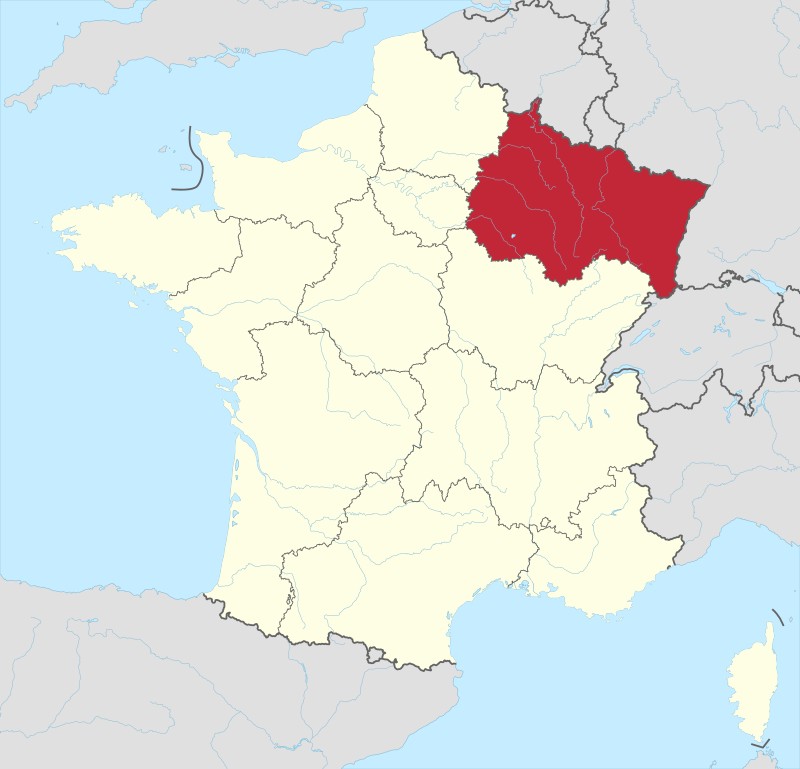
Grand Est
Grand-Est Travel Guide.

Normandy
Normandy Travel Guide.

Pays-de-la-Loire
Pays-de-la-Loire Travel Guide.

